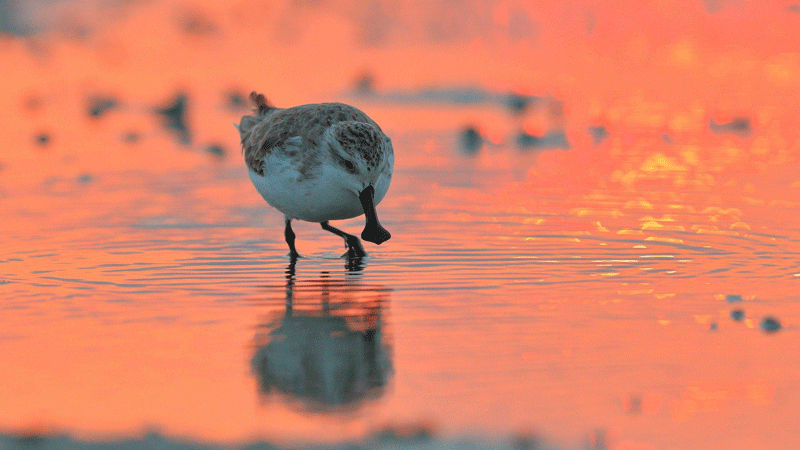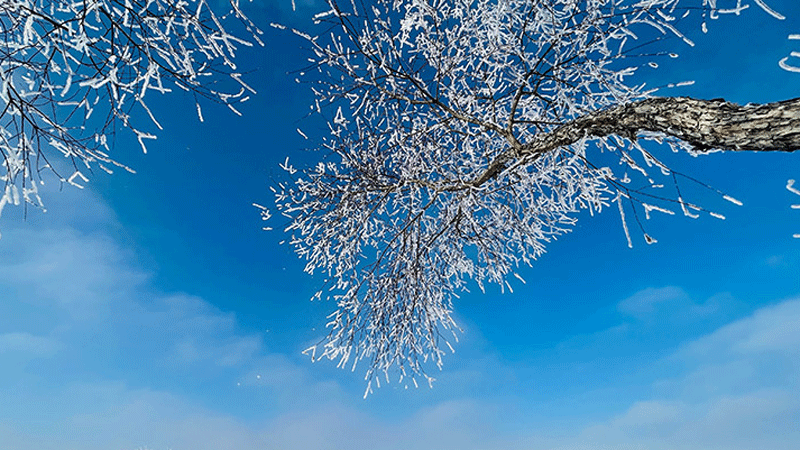Flood-tolerant plants restore ecosystem on mega isle of Yangtze River

This aerial photo taken on June 20, 2022, shows a view of Guangyang Isle in southwest China's Chongqing. (Xinhua/Wang Quanchao)
CHONGQING, Dec. 5 (Xinhua) -- What plants can survive after being submerged in water for half a year? The ones on Guangyang Isle in southwest China's Chongqing Municipality displayed their tenacity for survival in the water and helped restore the ecosystem of the isle.
The 20 species of flood-tolerant plants that flourish on the isle have successfully transformed the previously fragile ecological environment into a beautiful scenic spot that attracts outdoor enthusiasts and shutterbugs in downtown Chongqing.
Located at the most extensive green island in the upper reaches of the Yangtze River, Guangyang Isle, covering around 10 square km, has a vegetation coverage rate of over 90 percent, and 594 species of plants and 452 species of animals have been recorded.
But its ecological system and biodiversity were severely damaged due to a number of aggressive real estate projects that had lasted for years. In 2017, the commercial activities were stopped and the local government began to restore the ecological system of the island, which sits in the Three Gorges Reservoir area.
The seasonal gaps in the reservoir's water levels resulted in a water-level fluctuation zone totaling over 400,000 mu (about 26,667 hectares) along the Yangtze River, and the isle was seen as a typical hydrological example with its water-level fluctuation zone spanning 12 km and covering four square kilometers.
"Based on the water levels and the characteristics of different river sections, sustained efforts were carried out to consolidate the soil, stabilize vegetation coverage, and enrich biodiversity in the zone," said He Min, a technical expert who has participated in the isle's restoration project.
Various water-resistant plants were cultivated on the dikes to form a wetland ecosystem, and the dike-pond system was widely adopted to provide habitats for fish and amphibians.
Wang Yue, Party secretary of Chongqing Guangyang Island Green Development Co., Ltd., said that the plant population in the water-level fluctuation zone of Guangyang Isle has risen to ten during the past two years.
The isle has taken a new look thanks to the plants and the continuous efforts of experts, Wang added.
Guangyang Isle was included as a representative example of ecological restoration at the 15th meeting of the Conference of the Parties (COP 15) to the Convention on Biological Diversity (CBD) in 2021.
Photos
Related Stories
- Yangtze River at splendid sunset
- China steps up protection of rare Yangtze River mammal
- Balance of loans up in China's Yangtze River Delta
- Captains set sail on upper section of Yangtze with upgraded facilities
- Knife fish resources recover in China's Yangtze under fishing ban
- Yangtze River estuary sees improving ecology
Copyright © 2022 People's Daily Online. All Rights Reserved.









